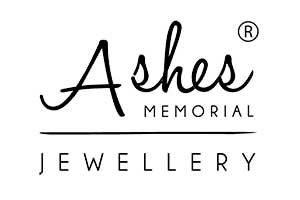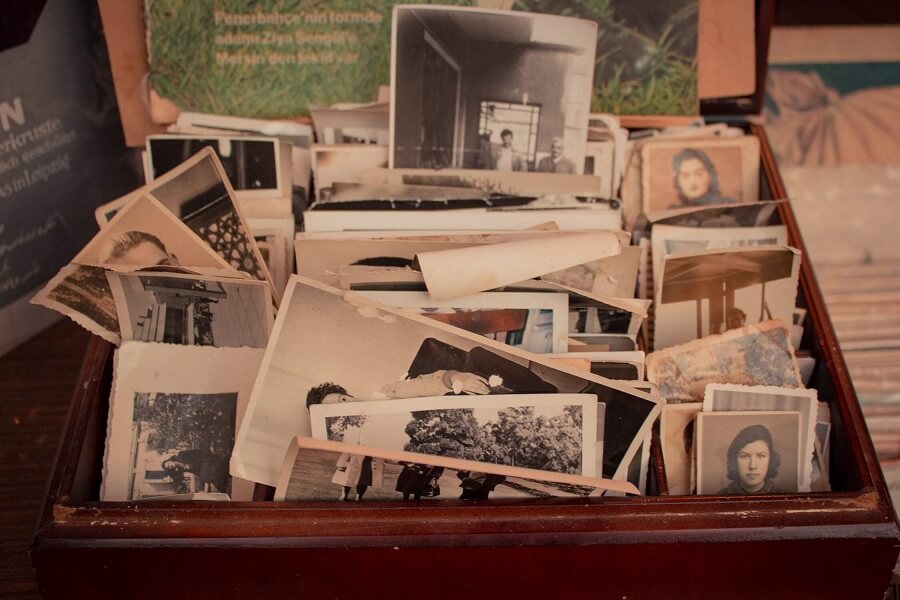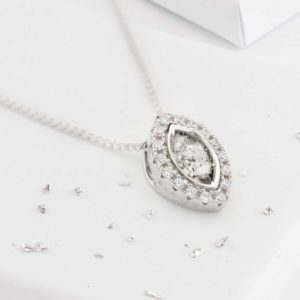No matter how you change throughout the course of your life, you’ll always have memories to reflect upon – both good and bad. Memories are precious reminders of the experiences we’ve had, the lives we’ve led, and the people who have touched our hearts. No matter how unique a memory is, it can start to slip away after a little while as we get older and our lives are filled with work, family and other responsibilities which take up room in the forefront of our minds.
Memory boxes are the perfect way to remember special moments, people and fun times in our lives. They are also wonderful to pass down to the next generation of your family so they can learn more about the life you lived and what mattered to you.
What is a memory box?
A memory box is quite simply a box or other vessel which contains pictures, letters and small items which link to happy, exciting or special memories.
Although they are usually kept on a personal level and are added to throughout someone’s life, they can be created after someone has passed away, to commemorate a special event like a wedding, or keep a record of a period of time.
Most people who have a personal memory box will pull it out when they’re feeling a little nostalgic and take away or add important memories – or they will keep multiple boxes.
What to use for a memory box
Many containers could be used for a memory box. Some people might use whatever is lying around, but the more creatively-minded person could purpose build or decorate a box for an extra special touch.
Some of our favourite ideas for what to use as a memory box include:
- A shoebox – if you’re on a tight budget or need a temporary solution, a shoebox can make a sturdy, spacious vessel for your memories. You could paint, draw on or otherwise decorate it to make it more personal. Just make sure it is stored in a safe, dry place, and any photos or papers are sealed within a plastic wallet to prevent accidental damage.
- Biscuit tin – biscuit tins are notoriously misleading in almost every British household because they are strong enough to use for years after their tasty treats have been demolished. They close tightly and will keep their contents protected. This is another option which can be decorated.
- Locked box – perfect for more sensitive memories such as personal letters; a locked box can be tucked away safely and out of sight. Just make sure you keep the key in a safe place.
- An engraved box – a lovely wooden box with an engraved name or message on the top makes a delightful choice for a commemorative memory box or as a gift for someone to start their own.
Whatever you choose, they should meet a few criteria:
- Have enough space to hold everything.
- Be sturdy enough not to get crushed.
- Be labelled clearly and correctly.
- Be watertight or kept away from places they will get damp (e.g the cellar or a loft that isn’t correctly insulated).
What to put in a memory box
There are loads of reasons why you might want to start or put together a memory box. When you get started, you might have something in mind, but we’ve come up with some ideas for what to put in a memory box for various purposes. Read on, or skip to the bit you’re interested in:
Child’s milestones
Children grow up so fast, which is why it’s essential to keep a record of milestone moments and memories. A milestone memory box will be lovely to look back on with the family when they’re all grown up.
What to put in the box
- Pictures of them as they grow up
- A handprint and footprint
- Their hospital bracelet from when they were born
- An ultrasound picture
- Congratulations cards from when they were born
- A coin from the year of their birth
- Their first pair of socks or mittens
- Their first baby tooth
- A lock of hair from their first haircut
- A milestone book that details their first words, when they took their first steps and more
- Their first drawing from nursery
Getting your child involved with decorating and putting together the box when they’re a little bit older is a fun idea.
For someone with dementia
Memory boxes can be an essential therapeutic tool for people who have dementia. They can include treasured personal belongings or items which the person can easily associate with their life. Physical objects that can be attached to memories are very comforting to people with dementia as they help to open up conversation about subjects they are familiar with[i].
What to put in the box
- Photographs of loved ones and places they have lived
- Packaging of old brands they will have used when they were younger (OXO, for example)
- CDs with favourite songs
- Items related to their careers
- Items related to a hobby they enjoy or used to do
- Souvenirs from their lives
- Letters and postcards
- Coins
People who have dementia are generally better at retaining older memories, so this should be considered when creating the box. If they are able, you should make sure they are involved in creating the memory box.
For a lost loved one
Losing a loved one isn’t easy but putting together a box of photos and memories you’ve shared can be a crucial healing activity to help you with your grief. This is often known as a ‘bereavement box’.
What to put in the box
- Pictures or a photo album
- A ‘timeline’ of their life
- Letters
- Journals
- Their passport
- Awards, Medals and certificates they earned
- Their favourite CD
- Their favourite book
- A watch, cufflinks, or jewellery they wore all the time
- A bottle of their perfume or aftershave
When putting your box together, think about the person they were, their interests and what was important to them during their life.
People sometimes make a bereavement box for friends or family as a touching gift after a loved one has passed away. Other special gifts to give someone during their grieving period could include a photo album, a piece of keepsake jewellery, or an item made from their loved ones favourite clothes.
Related articles:
- What to do with a loved ones belongings once they have passed away
- Ways to remember a loved one
- How to deal with grief
Wedding
One of the biggest days of your life won’t be hard to forget, but keeping a record of who was there, highlight moments and the love that was shared on the day is a beautiful idea.
What to put in the box
- A photobook of the best pictures
- Your guest list and table plan
- Dried flowers from the wedding ceremony
- Yours and your spouses place settings
- Wedding favours (if they weren’t edible!)
- Confetti
- The champagne cork from the 1st toast
- The cake topper
- A copy of the wedding invite
- A copy of the ‘save the date’
- A copy of the wedding service
- A DVD or USB with videos of the big day
You can set up a memory book or box for your guests to leave a special note on the day itself. Many people transform these notes into artwork, but they would fit in a memory box perfectly.
You could even go a step further and set up a photo booth where people can record a video message (perhaps get this started before the alcohol starts flowing if you want serious sentiments!)
Time capsule
You may have made a time capsule in school or with your family when you were younger, and in a way, they are a form of memory box. Why not create your own? Whether it is for your own family to dig up in years to come or you want to leave it to be found by chance, you can have some fun creating a time capsule.
What to put in the time capsule
- Newspapers or magazines with the date on them
- A note of important events that happened that year
- Information about you and your family
- A CD or USB containing your favourite songs
- Coins and/or pound notes
- Pictures of you, your friends and family
- Your favourite book
- Something to do with your favourite hobby or pastime
Remember to make sure the container you use is entirely watertight and that everything you put inside it is sealed well to prevent damage. When it comes to burying your time capsule, make sure the container is sealed with epoxy and wrapped in polythene to prevent water getting in[ii].
What not to put in a memory box
Although your creativity is your only limit when making a memory box, you should leave some items out. Often if the memory box is on-going, you’ll naturally remove some items as the years go on because you can’t remember what it represents.
- Perishables: don’t include any food or perishable items like flowers (unless dried)
- Bad memories: although it can be tempting to cling onto items for sentimentality, if they have a bad memory attached to them you’d be best leaving them out of the box
- Fragile items: anything made from glass, ceramics or anything that is easy to break should be packaged appropriately or not included
Make your memories last
Whatever you are creating your memory box for will help your most precious memories stand the test of time.
References
Carewatch, 2016. HOW TO CREATE A DEMENTIA MEMORY BOX. [Online]
Available at: https://www.carewatch.co.uk/how-to-create-a-dementia-memory-box/
[Accessed March 2021].
Minnesota Historical Society, n.d. BUILDING A TIME CAPSULE. [Online]
Available at: https://www.mnhs.org/preserve/conservation/reports/timecapsule.pdf
[Accessed March 2021].
Sources
[i] https://www.carewatch.co.uk/how-to-create-a-dementia-memory-box/
[ii] https://www.mnhs.org/preserve/conservation/reports/timecapsule.pdf





